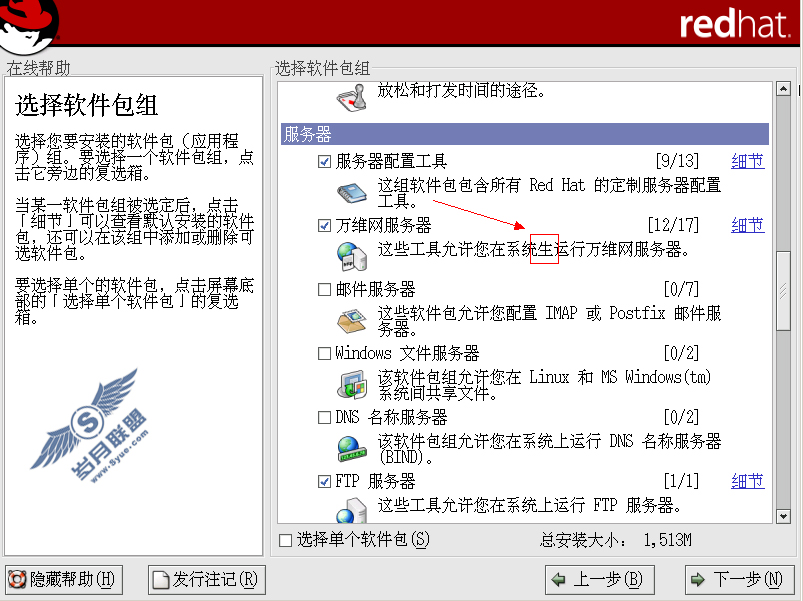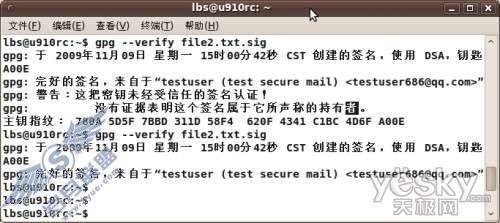linux的内存管理机制(2)
来源:岁月联盟
时间:2012-02-26
mm_strut 用来描述进程的缓存.
struct mm_struct
{
struct vm_area_struct * mmap; /* list of VMAs */
struct vm_area_struct * mmap_avl; /* tree of VMAs */
struct vm_area_struct * mmap_cache; /* last find_vma result */
pgd_t * pgd;
atomic_t count;
int map_count; /* number of VMAs */
struct semaphore mmap_sem;
spinlock_t page_table_lock;
unsigned long context;
unsigned long start_code, end_code, start_data, end_data;
unsigned long start_brk, brk, start_stack;
unsigned long arg_start, arg_end, env_start, env_end;
unsigned long rss, total_vm, locked_vm;
unsigned long def_flags;
unsigned long cpu_vm_mask;
unsigned long swap_cnt; /* number of pages to swap on next pass */
unsigned long swap_address;
/*
* This is an architecture-specific pointer: the portable
* part of Linux does not know about any segments.
*/
void * segments;
};
他描述了一个进程的页目录,有关进程的上下文信息.以及数据.代码.堆栈的启示结束地址.还有虚拟存储取得数目.以及调度存储用的链表指针.他的参差比较高
较高层次的vm_area-struct 是描述进程的虚拟地址区域.他形成一个算相链表.按虚地址下降排列.这样当内核需要在一个给定进程页上执行给定操作时.客从双向列表中找到该项.在世想有关页的处理.如.页错误.页换出等等
他的具体结构如下:
struct vm_area_struct {
struct mm_struct * vm_mm; /* VM area parameters */
unsigned long vm_start;
unsigned long vm_end;
/* linked list of VM areas per task, sorted by address */
struct vm_area_struct *vm_next;
pgprot_t vm_page_prot;
unsigned short vm_flags;
/* AVL tree of VM areas per task, sorted by address */
short vm_avl_height;
struct vm_area_struct * vm_avl_left;
struct vm_area_struct * vm_avl_right;
/* For areas with inode, the list inode->i_mmap, for shm areas,
* the list of attaches, otherwise unused.
*/
struct vm_area_struct *vm_next_share;
struct vm_area_struct **vm_pprev_share;
struct vm_operations_struct * vm_ops;
unsigned long vm_offset;
struct file * vm_file;
unsigned long vm_pte; /* shared mem */
};
而page 结构 则是对物理页进行描述的一个数据结构,他不是一个真正的物理页.而只不过是描述了一个物理页的内容和框架.作了逻辑页的一个标志;.他的标志域定义了这个页在进行的操作.链域则定义了一个双项链表.时的页框.可以很容易的查找到.为实际物理内存的使用直到方便
他的具体结构如下
typedef struct page {
/* these must be first (free area handling) */
struct page *next;
struct page *prev;
struct inode *inode;
unsigned long offset;
struct page *next_hash;
atomic_t count;
unsigned long flags; /* atomic flags, some possibly updated asynchronously */
wait_queue_head_t wait;
struct page **pprev_hash;
struct buffer_head * buffers;
int owner; /* temporary debugging check */
} mem_map_t;
所有的page 结构将都被转入一个叫做mem_map 的数组中.
当一个进程运行时,他的代码段和数据段将都会被调入内存.如果它使用了共享库.共享客的内容也将贝雕如内存.进程运行时.系统首先分配一个vm_area_struct 给进程.并将这各进程连结到虚拟内存的连标中去.这是根据进程的可执行影像中的信息.吧数据段和客执行代码非配内存.新分配的内存必须和进程已有的内存连结起来才能应用.这样聚会出现页故障.系统利用了请页机制来避免对物理内存的过分使用.但进程访问的虚存不在当前的物理内存时,这时系统会将需要的页调入内存.同时修改进程的页表.用来标志虚拟页是否在物理内存中.
因此,系统用了较复杂的数据结构来跟踪进程的虚拟地址.在task_struct 中包含一个指向mm_struct 结构的指针.进程的mm_struct 中则包含了进程可执行影像的页目录指针pgd.还包含了指向vm_area_struct 的几个指针,每个vm_area_struct 包含一个进程的虚拟地址区域.
一个进程有多个vm_area_stuct 结构.linux 要经常对进程分配..或调整vm_area_struct .这样对vm_area_stuct 的查找效率.对系统很有影像.所以在这里将所有的vm_area_struct 形成了一个查找效率较高的平衡二叉树结构.
我个人认为,在整个linux内核中这个地方.数据结构是最复杂的.如果把这一部分肯下来以后,整个内核便开始清晰了
摘自 敏于思慎于行
下一篇:linux的内存管理机制(1)

